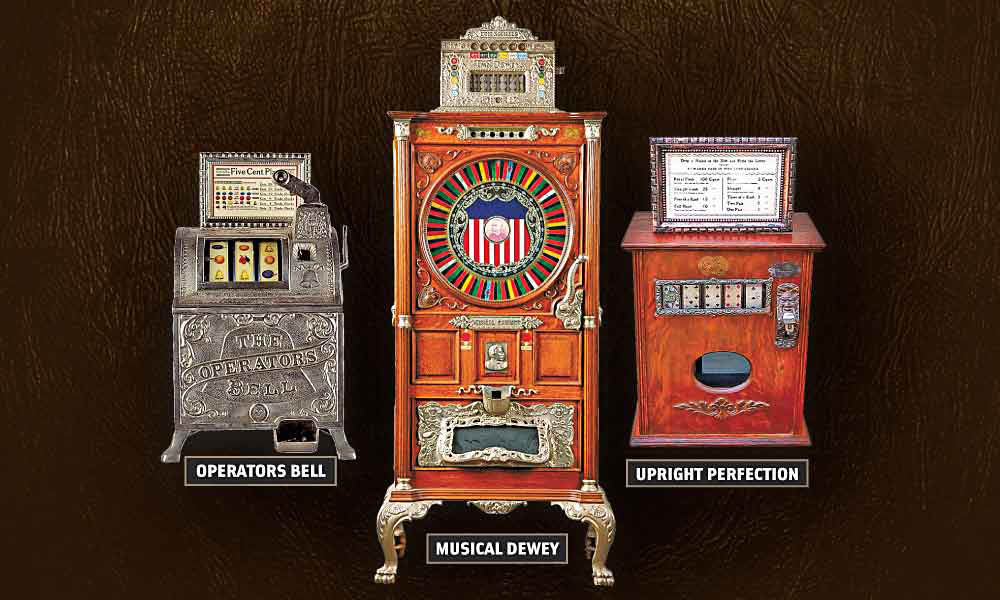How Game Developers Use Player Data to Improve Experiences
Key Points
Data-Driven Game Design – Tracking in-game behavior reveals player preferences and problem areas, helping developers refine pacing, difficulty, and rewards.
Personalization Boosts Engagement – Using player data to tailor content and rewards creates a more immersive and player-focused experience.
Feedback Loops Drive Growth – Continuous data collection and iteration ensure updates match player needs, improving retention and satisfaction.
Player data has become one of the most valuable resources in modern game development.
From casual mobile titles to massive online worlds, understanding how players interact with a game can shape everything from level design to marketing campaigns.
Developers use this information to identify what keeps players engaged, where they lose interest, and how they respond to new features.
With the right approach, data analysis turns into a feedback loop that benefits both players and creators.
The goal isn’t just to collect numbers, but to translate them into meaningful improvements that make the game more enjoyable and rewarding.
Tracking In-Game Behavior
One of the first steps in using player data effectively is tracking how players move through a game.
This includes which levels they complete, how often they log in, and which features they interact with the most.
Heatmaps can reveal which areas of a map see the most activity, while analytics tools track progress rates and in-game purchases.
This behavioral data is crucial for spotting bottlenecks or areas that might be too easy or too difficult.
By seeing exactly where players spend their time, developers can adjust pacing, difficulty, and reward systems to keep engagement high.
Protecting Data Integrity
The information collected from players is valuable, but it’s also sensitive. Developers must ensure that it’s stored and handled securely.
Some studios take this further by using MDR, managed detection and response, to actively watch for and address potential security threats that could compromise analytics systems.
A breach not only risks exposing player information but could also corrupt the data used for game improvement, leading to flawed decisions.
Protecting this data builds trust with players and ensures that the insights developers rely on are accurate, reliable, and safe from outside interference.
Personalizing Player Experiences
Once developers have reliable data, they can start tailoring the experience to individual player preferences.
For example, if a player frequently chooses certain weapons or game modes, the system might highlight similar content or suggest events that match their style.
This personalization helps keep players engaged by making the game feel like it’s adapting to them, rather than forcing them into a one-size-fits-all experience.
The same approach can be used to offer rewards at strategic times, encouraging continued play without feeling manipulative.
Personalized gameplay is one of the strongest tools for boosting retention and loyalty.
Improving Monetization Without Alienating Players
Player data can also help developers find the balance between profitability and enjoyment.
Tracking purchase patterns shows which offers or bundles work best and which ones might be turning players away.
If data reveals that too many ads are causing drop-offs, developers can adjust their ad strategy to maintain a smooth experience.
By understanding the sweet spot where monetization supports the game without overwhelming the player, studios can keep their communities happy while still generating the revenue needed for updates and expansions.
Using Feedback Loops for Long-Term Success
The real power of player data comes from creating a cycle of improvement.
Developers introduce changes, collect data on how those changes are received, and then adjust again based on the results.
This approach keeps the game fresh while ensuring that updates are informed by actual player behavior rather than guesswork.
Over time, this builds a stronger relationship between developers and players, as the community sees that feedback truly influences the game’s direction.
When players feel heard and valued, they’re more likely to remain active, recommend the game to others, and support it financially.



















